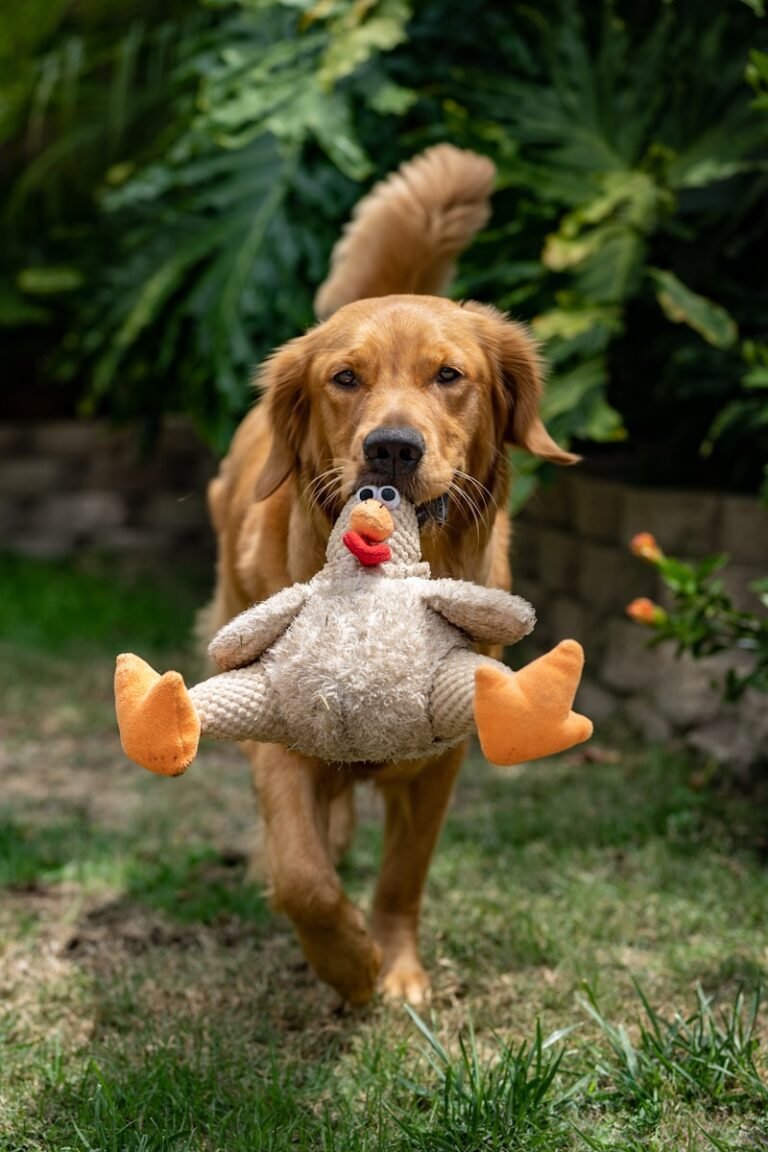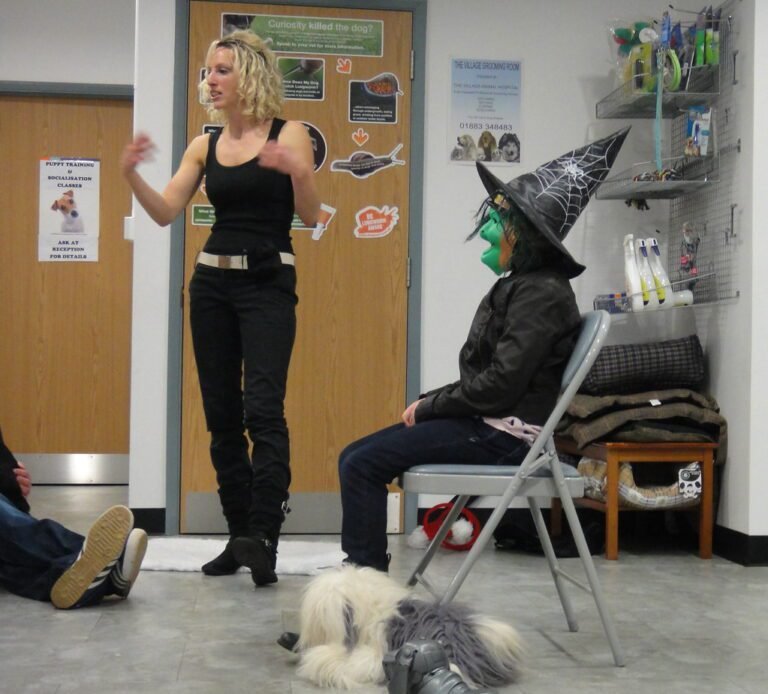How To Understand Fear Aggression In Dogs
Does this describe your dog: Whenever somebody comes to your door, your dog puts on a big show of barking and acting brave, but all the time he’s backing up. If a stranger approaches him, he’ll run off to a safe distance, all the while regarding the interloper with mistrust and suspicion. If so, your dog is showing signs of fear aggression.
If you don’t deal with this problem now, it will only get worse as your dog gets older. In this article, we’ll take a look at what causes this type of aggressive behavior in dogs, and what to do about it.
Causes of Fear Aggression In Dogs
One of the main causes of this kind of canine aggression is a lack of socialization when your dog was younger. If your dog doesn’t have lots of opportunities to interact with unfamiliar people and other dogs when he’s between the ages of three and twelve weeks, he’ll have a hard time trusting people and dogs he doesn’t know.
Unfortunately, another reason for this fearful behavior is that your dog was abused at some point in his life. It takes a lot of love and time to overcome fearfulness in an animal that has been abused.
Some breeds of dogs, including herding breeds, are more prone to developing fearfulness. This aggressive dog behavior tends to run in certain breed lines, too.
Hormonal imbalances may be a factor. A dog with borderline hypothyroidism (low thyroid hormones) may be anxious and fearful. Thyroid treatment is helpful in these cases.
Will This Type of Fearful Canine Aggression Go Away On Its Own?
Unfortunately, no. A fearful dog may learn that he can intimidate people by barking at them. Once he figures out that this works very well, his behavior will get worse, especially around people who are scared of dogs anyway.
A dog may be so successful in hiding his fearfulness with a veneer of aggression that it’s hard to tell that the fear is what’s driving his bad dog behaviors.

How Can I Train A Dog With Fear Aggression?
A reward-based technique is usually the best way to deal with aggressive behavior in dogs that’s caused by fear. If your dog doesn’t like people, you need to figure out how to teach him that this stranger really does like dogs, and if you dog gets close to him, he’ll give your pup a treat.
You need a volunteer for this, someone who’s very patient with dogs. Have your friend sit in a chair and scatter dry food around it. Your dog can get close or back off if he wants. Sooner or later, you dog will come close enough to get the food.
The next time, have your friend hold the kibble in his hand. Be patient and let the dog come to him to get the treat. Don’t pay any attention to the dog if he’s acting fearful. If you punish him or reassure him when he’s behaving aggressively out of fear, you’re just rewarding this bad dog behavior with your attention. When and if the dog comes and gets the food, that’s the time to praise him.
You can see that dealing with fear aggression in dogs can be a long and difficult process. A good dog training course can be a very helpful guide when working with a fearful dog. You’ll want to look for one that includes a free consultation with an experienced dog trainer.








2 Comments
Comments are closed.